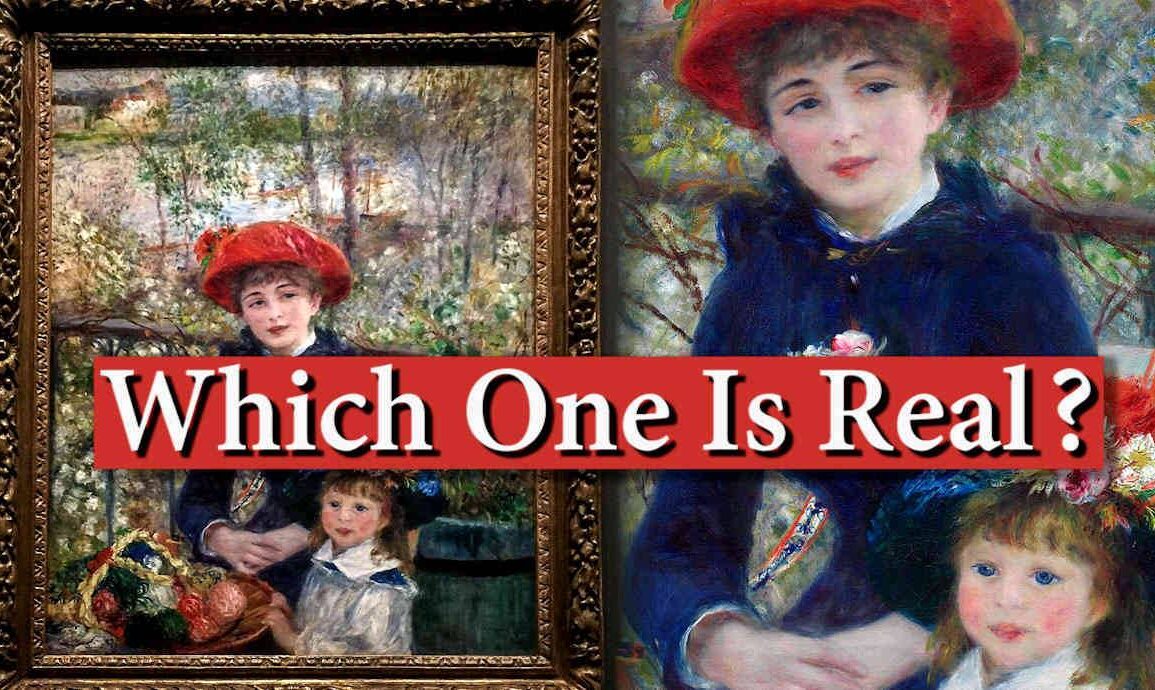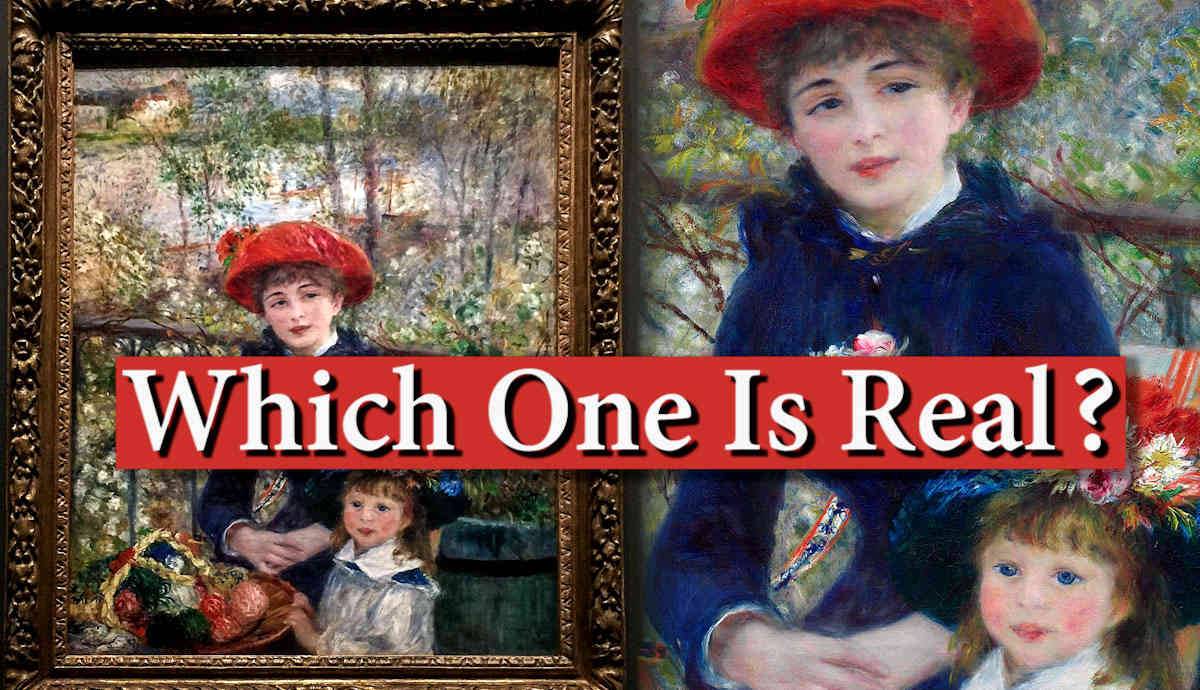
Art forgery is one of the least feared crimes that has ever existed. It attracts the attention of thousands of both art professionals and everyday people. Convicted art forgers often turn into celebrities, praised for their artistic skills and tricks they are able to pull off. But how does one forge a painting, and how widespread are the fakes? Read on to learn more about the classiest crime called art forgery.
1. How Does Art Forgery Work?
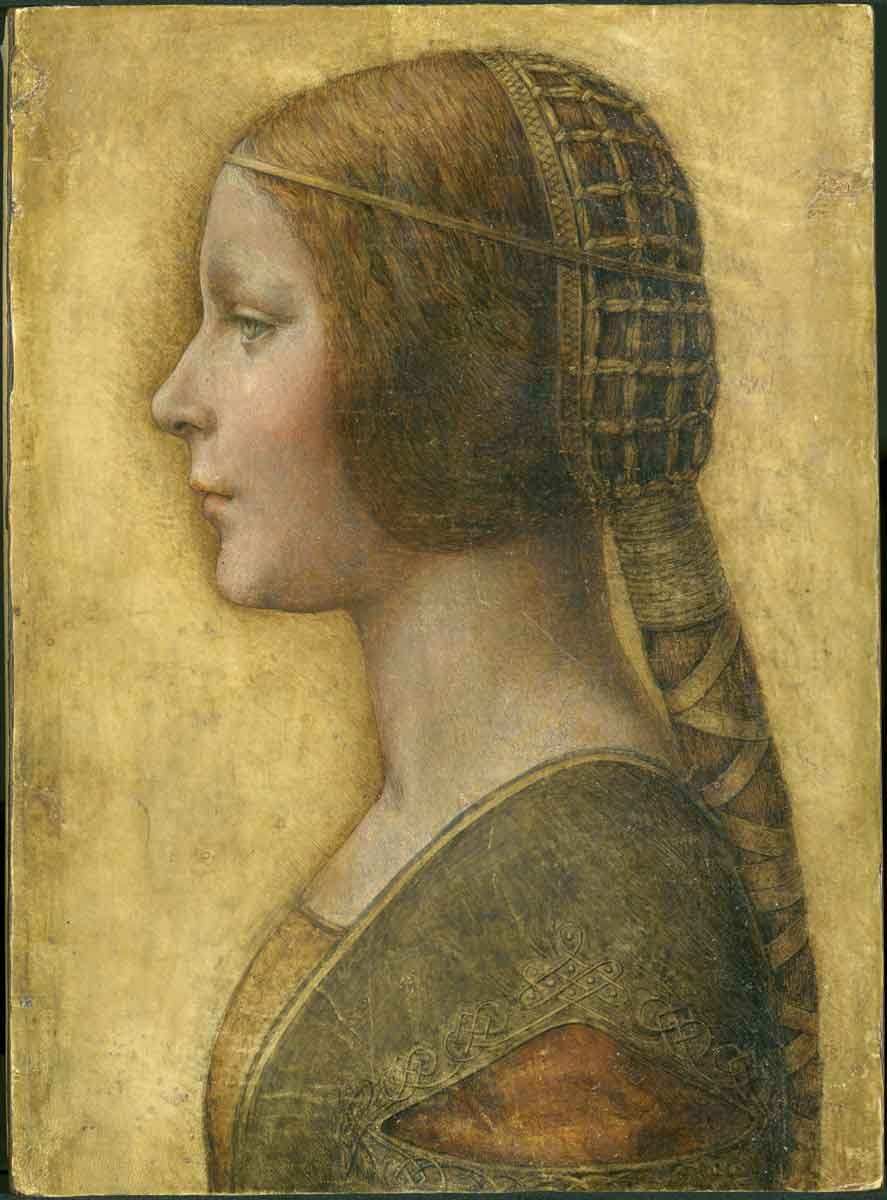
Art forgery is a complicated process that isn’t limited to the creation of the artwork itself. The right materials are crucial for a successful forgery. To make a plausible fake, forgers search for authentic antique paper, canvases, or wooden panels, with their age roughly corresponding to the objects in question. Forgers specializing in Roman bronze often melt ancient coins to cast their sculptures. A successful art forger has to be an expert in a certain period or region, as well as in restoration and conservation.
The forged work has to look plausible, which is why apart from simply copying someone’s style, a forger has to artificially age the artwork, using not only advanced chemical solutions but regular dust and dirt as well. A clean Rubens smelling of fresh paint and varnish would be unlikely to convince the art professionals. Another trap is making the paper trail. To create a convincing story, forgers fabricate receipts, letters, or even photographs to explain the work’s provenance. Even though it seems that forgery works for physical objects only, it also applies to the domain of digital art. One of the many issues with NFT art is the ability to rather easily steal a work from its original creator and sell it under a different name.
2. What Are the Signs of a Forged Artwork?
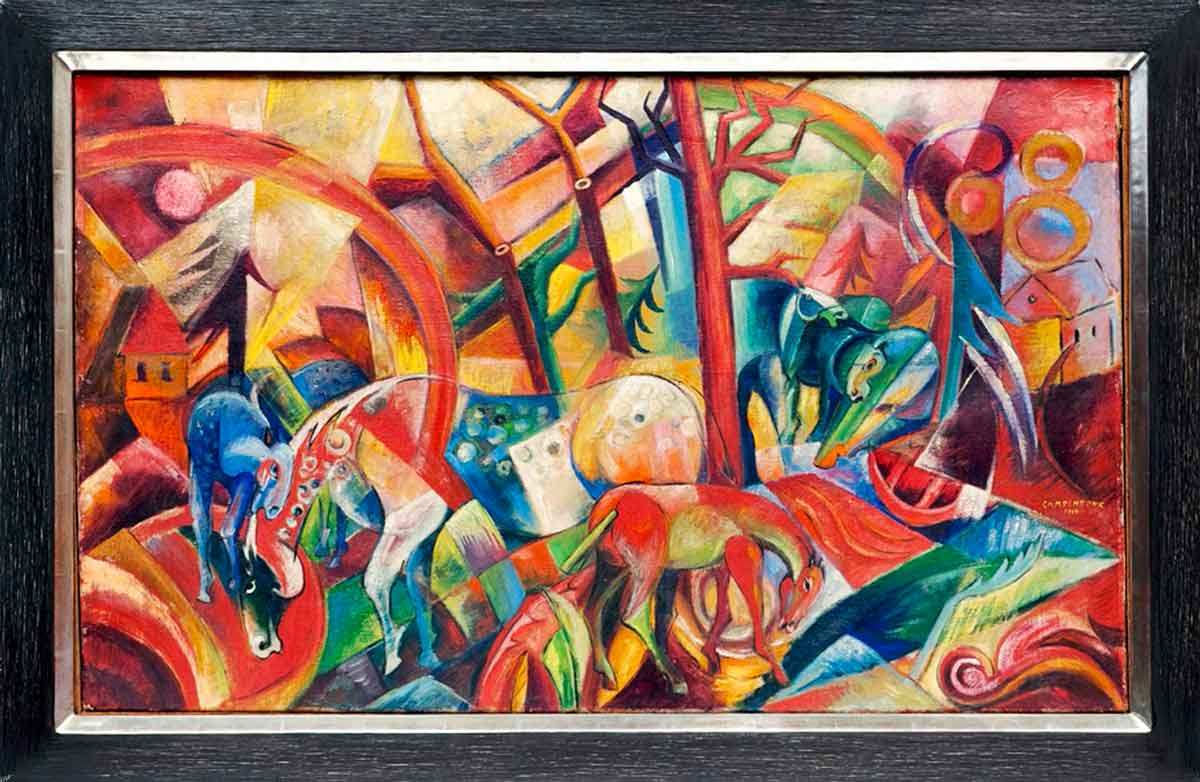
Although criteria depend on the medium used and the period the work is attributed to, there are several universal signs of a forgery. The most obvious one is the inconsistency in style and subject matter. It is highly unlikely that Kandinsky, for instance, would have painted a hyper-realistic cityscape during his abstract years. A proper analysis of the work includes checking the artist’s complete oeuvre and looking for a similar subject matter of stylistic nuances. An unidentified forger dubbed The Spanish Master exposed themselves with the rendering of hair that was atypical for Roman sculpture.
Get the latest articles delivered to your inbox
Sign up to our Free Weekly Newsletter
Art forensics pay special attention to the materials used too. A fourteenth-century work definitely could not have been painted with acrylic paint on canvas since those materials were non-existent at the time. The chemical analysis of pigments can tell us a lot. A common mistake made by art forgers is the use of titanium white pigment which was introduced for artistic use in the 1920s. Modern technology also helps art forensics. X-Ray and UV analysis can uncover what lies under the paint. This includes possible underdrawings or remnants of another image that could or could not belong to the artist in question.
3. How Many Fakes Are There on the Market?
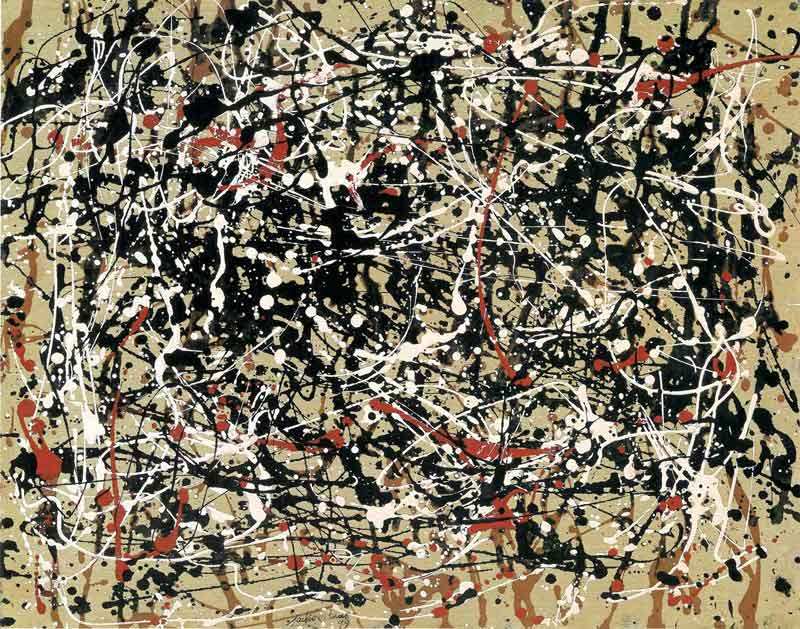
The answer is unclear, but even the estimated numbers are astonishing. Some experts believe that around 50% of all works on the market and in museums are forged. Not all of them are products of some deep-rooted conspiracies. Sometimes the experts are just as confused as the general public, or they simply do not want to risk the trust of their sponsors by stirring up a forgery scandal. When it comes to loans and donations from trusted private collectors to big cultural institutions, museums rarely thoroughly research the provenance and material qualities of the donated works.
The infamous case of the Knoedler Gallery in New York is a case of abused trust. For years, the dealer Glafira Rosales was selling fake Abstract Expressionists worth millions of dollars. For years, no one bothered to check their authenticity since Knoedler was one of the oldest art galleries in the United States and its reputation was impeccable.
Sometimes, forgers end up deceiving each other. Xiao Yuan, the librarian of the Guangzhou China Academy of Fine Arts, spent years smuggling the original works from the university collection and replacing them with forged items. When the police finally arrested him, it turned out that someone replaced them with other fakes, believing Xiao Yuan’s works were the originals.
4. Who Are the Most Faked Artists?

Italian Artist Amedeo Modigliani is one of the most common targets of art forgers. In 2017, the police shut down an exhibition in Genoa, Italy, after people started doubting the authenticity of the works on display. Of 21 works seized by the police, 20 turned out to be fake. The legendary Hungarian forger Elmyr de Hory, who claimed to forge more than a thousand artworks, contributed greatly to the experts’ confusion. Up to this day, art historians are incapable of composing a definitive catalogue raisonné of Modigliani’s works. Some experts even claim that more than half of all his works on the market are fakes.
Other favorite targets of art forgers include Giorgio de Chirico, Salvador Dali, Kazimir Malevich, and Auguste Rodin. Peter Paul Rubens is also surrounded by constant attribution scandals. However, forgers are not the only ones to blame. Being a successful entrepreneur, Rubens often made his apprentices paint works for him, only adding the signature himself.
5. What Is the Most Famous Fake?
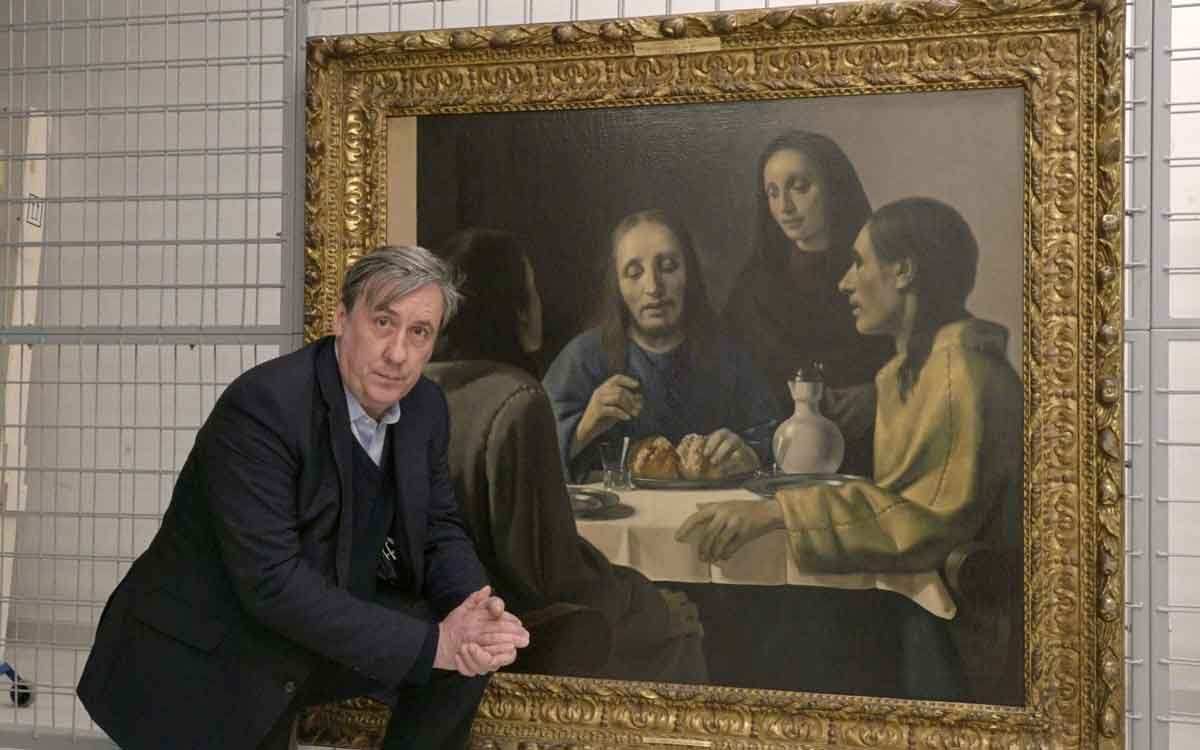
Let’s be clear: we will never know the names of the most successful art forgers or the world-famous works that were never made by their attributed authors. Still, the most famous case of art forgery is seen in the activities of Han van Meegeren, a Dutch portraitist that was active during the Nazi occupation of the Netherlands. From his early years, Van Meegeren adored the masters of the Dutch Golden Age, specifically Johannes Vermeer.
During the occupation, Van Meegeren made an enormous fortune by selling fake Vermeers to Nazi officials, including Reischmarschall Hermann Göring. The curious detail here is that Van Meegeren’s works hardly looked like real Vermeer. Still, the excitement of experts and their inability to compare the works to the real ones worked in his favor. During the war, the Rijksmuseum collection, which held several original paintings by Vermeer, was hidden to avoid damage and theft.
When the war ended, Van Meegeren was charged with selling Dutch cultural heritage to the enemy, however, was able to prove he was the real artist behind the canvas. The forger still received a prison sentence, although on the charges of fraud and not treason. He never served the sentence, dying of a heart attack just several days before he was supposed to be sent to prison.
6. What Motivates an Art Forger?
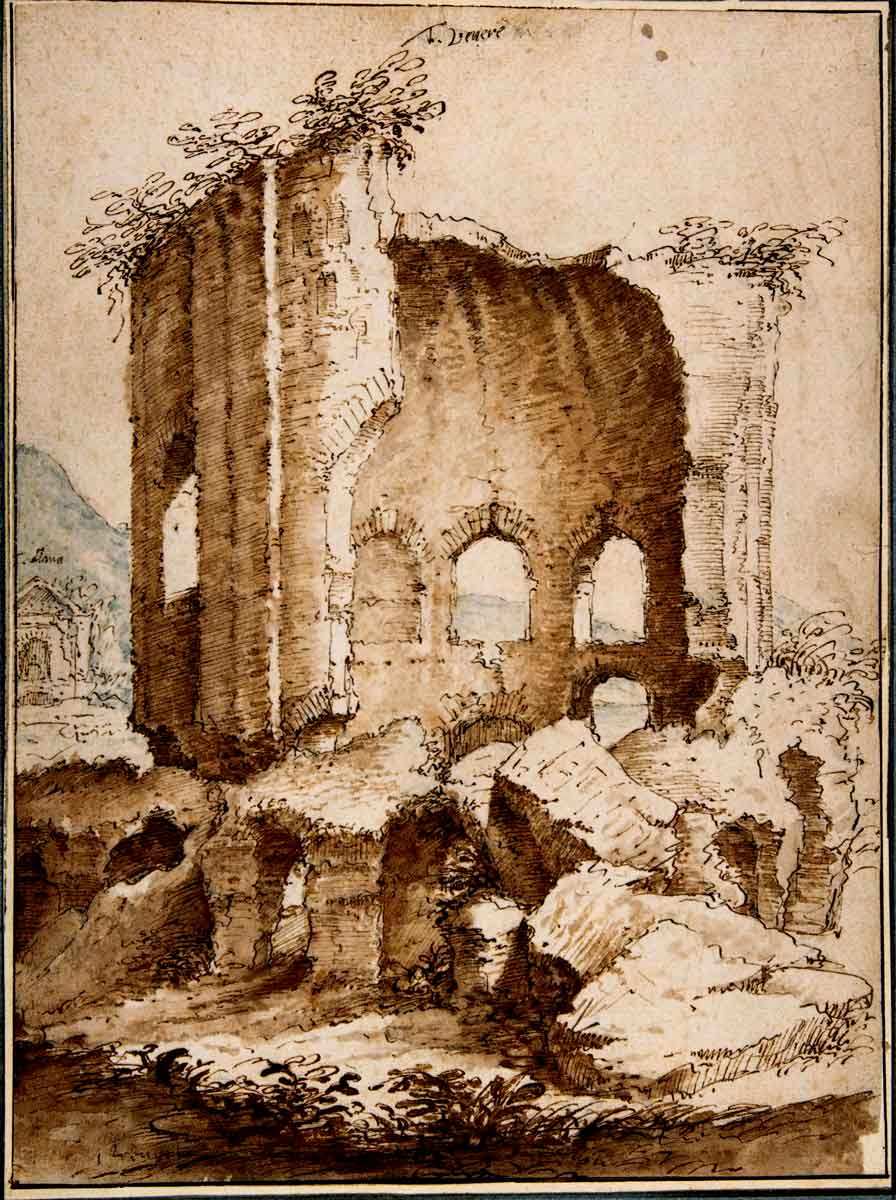
Despite the obvious financial gain, many art forgers have other motivations. Some start their crime careers out of desperation and anger at the art world. An English forger Eric Hebborn was an unsuccessful artist who desperately tried to be recognized. His true success came after he started to forge the Old Masters’ drawings. By doing so, he not only made money but proved that he was an artist worthy of admiration.
It is still necessary to note that not only art forgers and fraudulent gallerists can benefit from fake discoveries and sales. Sometimes the expert’s fear of damaging their reputation stands in the way of the truth. The excitement of discovery and the fame that comes with it clouds the judgment of many experts, making them insensitive to the little details that give up the real origin of the work. Fear for one’s professional reputation often stops art experts from directly admitting their mistakes, thus making them direct accomplices in the crime of forgery.
7. Are There Any Famous Art Forgers?
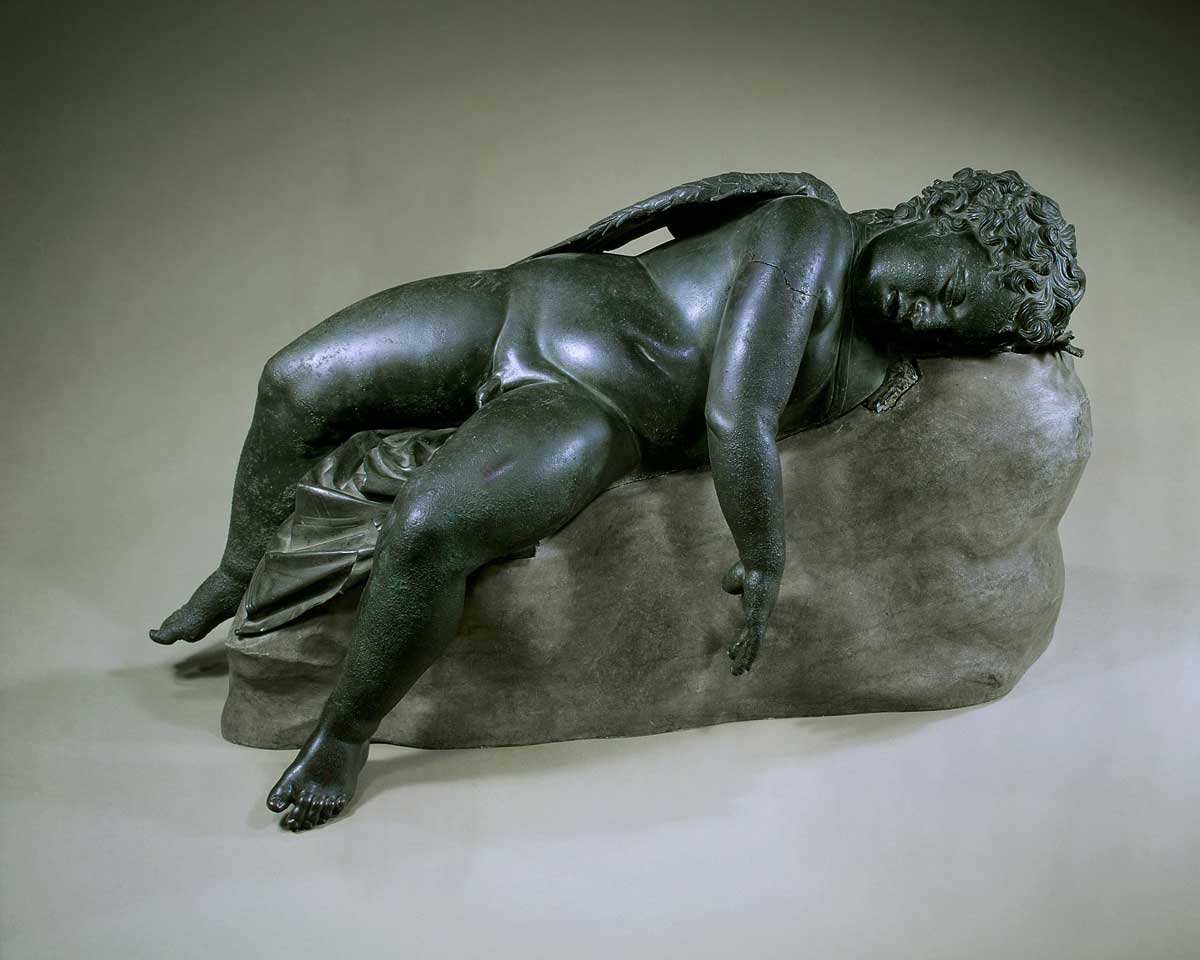
Art forgery is a silent crime. If the forger is good enough, their name would never become publicly known. However, some forgers eventually start craving attention, leaving traces of their works for experts to find. Some world-famous artists were also part-time forgers. As a young and unknown sculptor, Michelangelo Buonarroti earned a living by forging Roman antiques and selling them through an art dealer. The truth eventually came out, but the client, art collector Cardinal Riario, did not want to punish the artist for the crime, instead, he became Michaelangelo’s first patron in Rome. The French Realist Jean-Baptiste-Camille Corot allowed several poor artists to use his signature on their works so they would sell better. Although this fact causes a lot of frustration to Corot experts, it is hard to blame the artist for it.
Among the present-day superstars of art forgery, one of the best-known is Wolfgang Beltracchi. Beltracchi forged hundreds of paintings, including the masterpieces of Max Ernst and Fernand Léger. He spent ten years in prison, but he was allowed to leave his cell in the morning and come back in the evening. Today, Beltracchi actively capitalizes on his fame by publishing books and selling paintings under his own name.
8. Is Art Forgery a Victimless Crime?
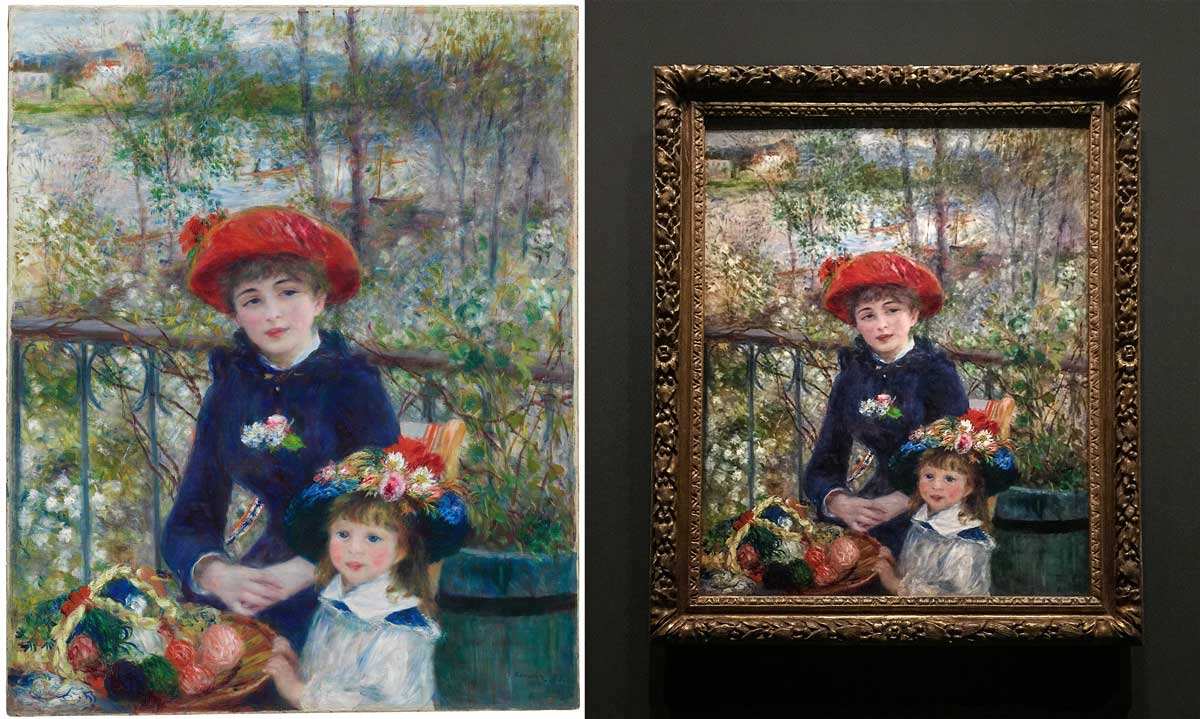
Some say that art forgery is a harmless crime with no real victims, except for the very rich. Art forgers ignite no public fear. For that reason, they tend to get shorter prison sentences. The damage done by fake art is rarely tangible, but it does not mean that it is non-existent.
Art forgers land their heaviest blow on the legacy of artists, distorting the historical integrity by inventing stories that never happened. This distortion is especially damaging for new artists on the market. Some of them spent years, if not decades, building their oeuvre and struggling to be recognized. Their moment of triumph could be taken away by other people trying to tell their stories in new ways. Fake provenances, anecdotes, and reported encounters also make their way into research papers and catalogs, overshadowing the real events and confusing the public.
This post was originally published on this site be sure to check out more of their content.



